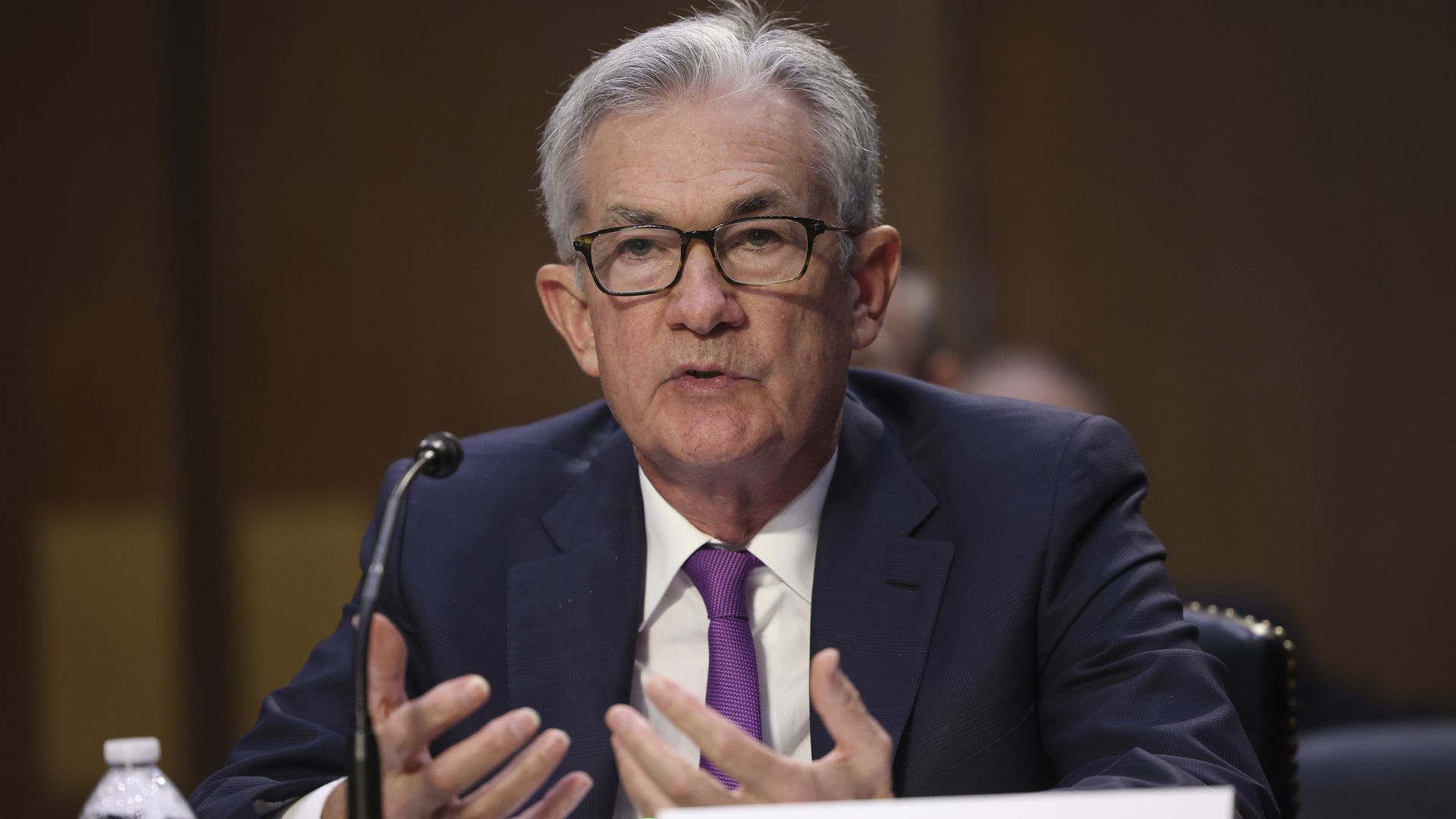 Data: FactSet; Chart: Axios Visuals Conventional wisdom sends "smart money" looking to the bond market to interpret investor expectations on things like economic growth or inflation. Sometimes those cues are loud and clear — but for the better part of this year, the signals sent by Treasury yields seem broken. Why it matters: The market still has things to tell us. But it's gotten harder to decode those messages amid all the noise and the complexities of the pandemic economy, says Drew Matus, chief market strategist at MetLife Investment Management. - For example, few investors are experts in COVID-19, supply chain bottlenecks and labor market disruptions all rolled into one, he notes.
Plus, Treasury yields have increasingly been driven by technical factors that are divorced from economic fundamentals, says Jim Caron, head of macro strategies for global fixed income at Morgan Stanley Investment Management. - For one, the Federal Reserve's outsized presence as a buyer of Treasuries, with a balance sheet that's ballooned to $8.5 trillion.
- Short covering, too. A short squeeze in Treasuries over the summer caught some hedge funds off guard and bolstered the upward price movement (and commensurate yield declines), as Bloomberg reported.
- There's also the government's use of the little-understood Treasury General Account (TGA). It's a bank account with the Fed that Treasury has drawn down to about $250 billion, from $1.8 trillion at the start of the year — a drawdown that pumped even more money into financial markets (read this explainer from Reuters for more).
State of play: During times of strong economic growth, Treasury yields typically rise as investors cycle out of safe-haven assets in search of better returns. But the benchmark 10-year Treasury yield declined by a whopping 50 basis points, or half a percentage point, between May and July. - And real yields, which account for the impact of inflation, have been sharply negative, a dynamic that in theory shouldn't be enticing to any investors.
What's next: Some of those technical factors are fading out, which has alleviated part of the downward pressure on yields over the last week, Caron says. - For instance, the TGA drawdown is largely over. And the Fed last week got more explicit on beginning to taper soon while potentially hiking rates as early as next year.
That's come into focus this week, along with the concerns over prospects for default if the debt ceiling isn't raised — breaking through the distortions and sending yields higher. The bottom line: "I think we should start to get clearer signals, but the Fed's asset purchases are still going to be with us to some degree … so it's still going to be a very heavily policy-influenced market," Caron says. | 











No comments:
Post a Comment